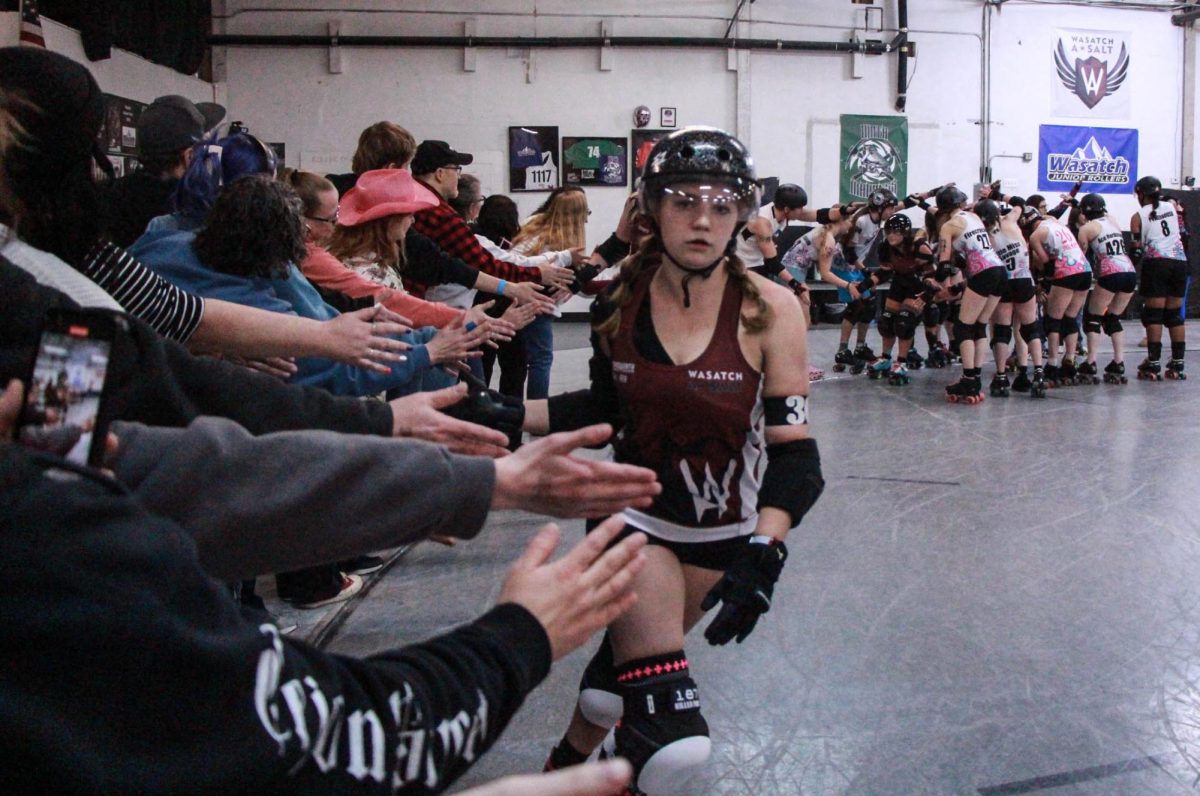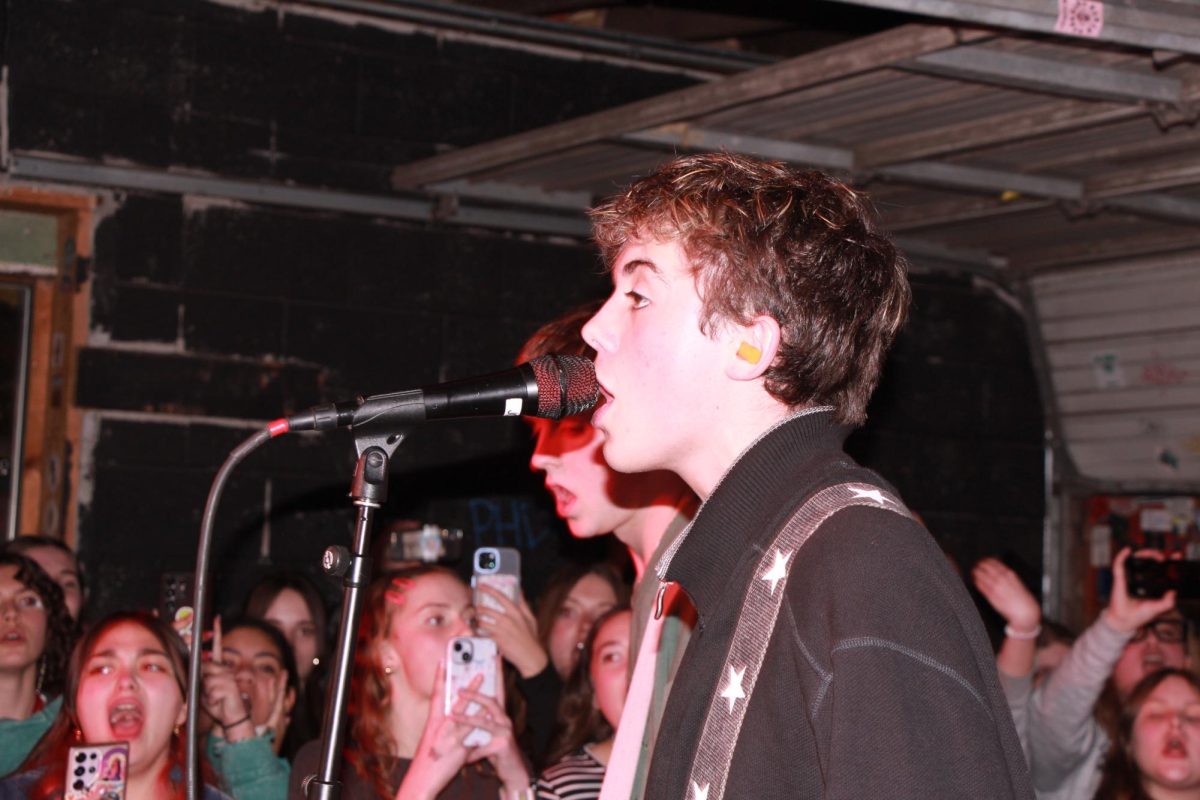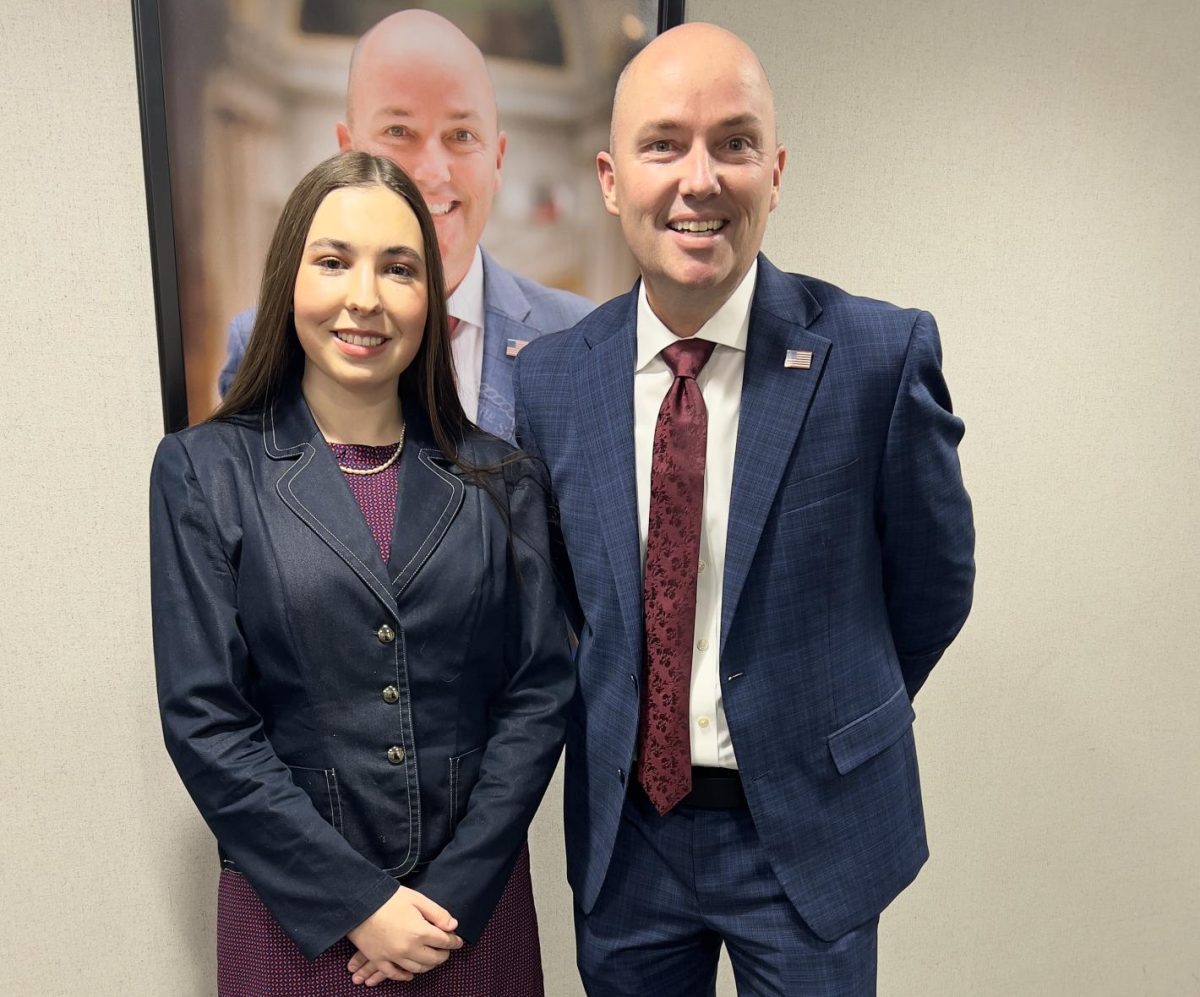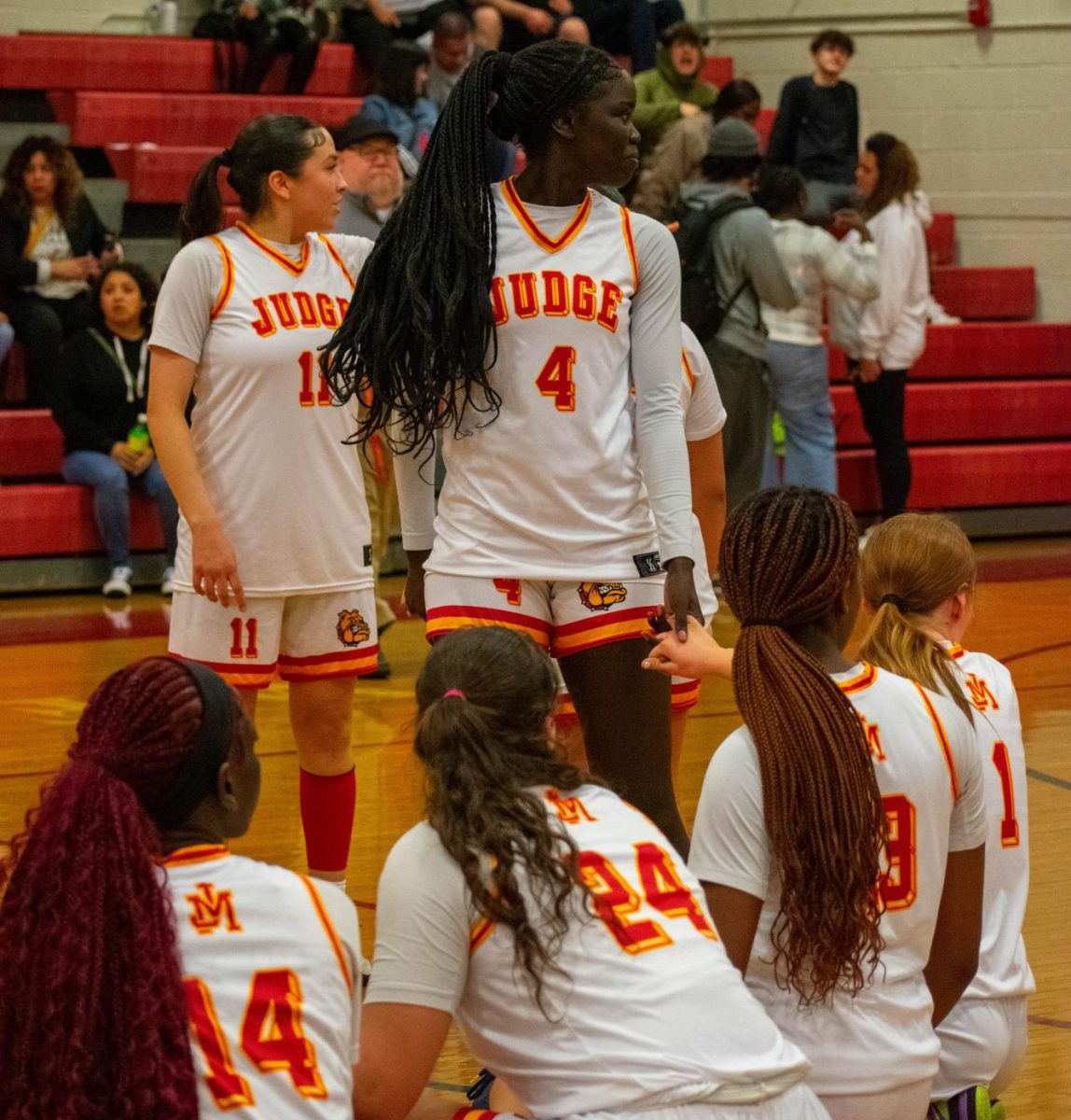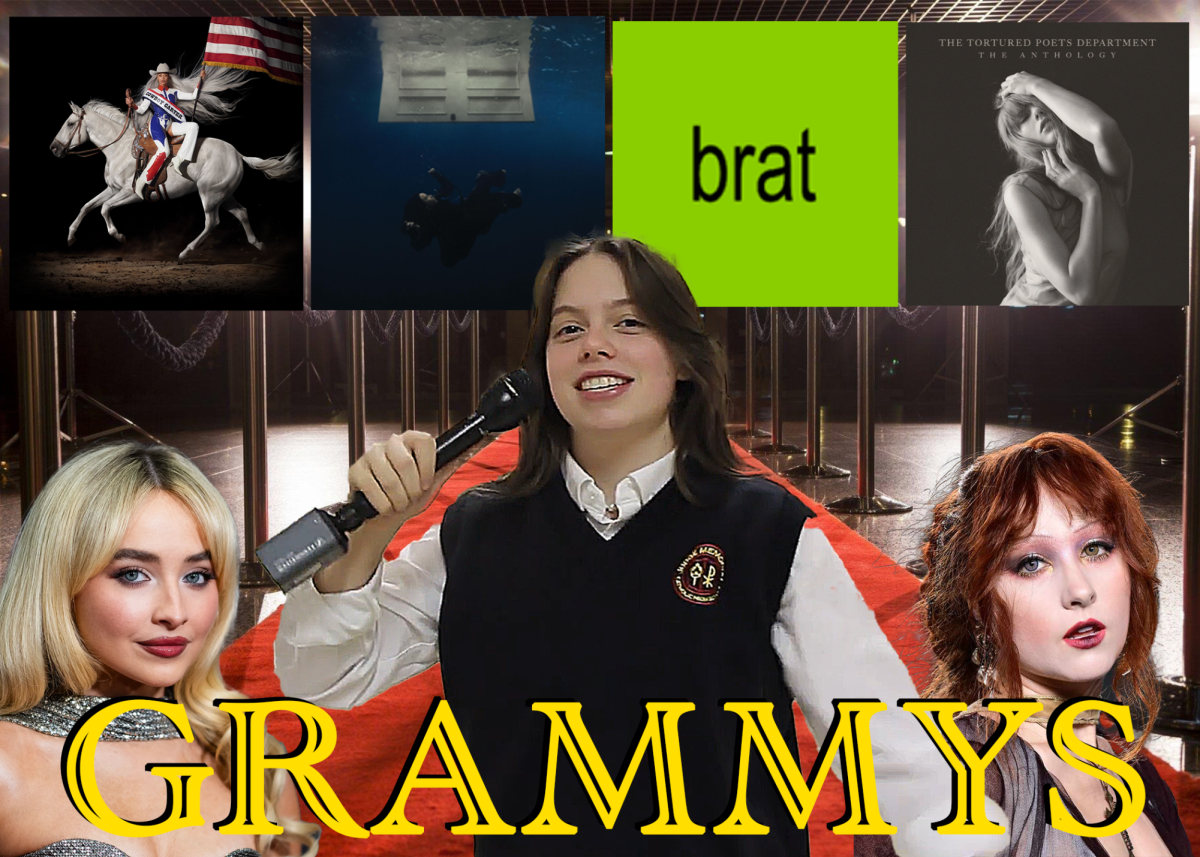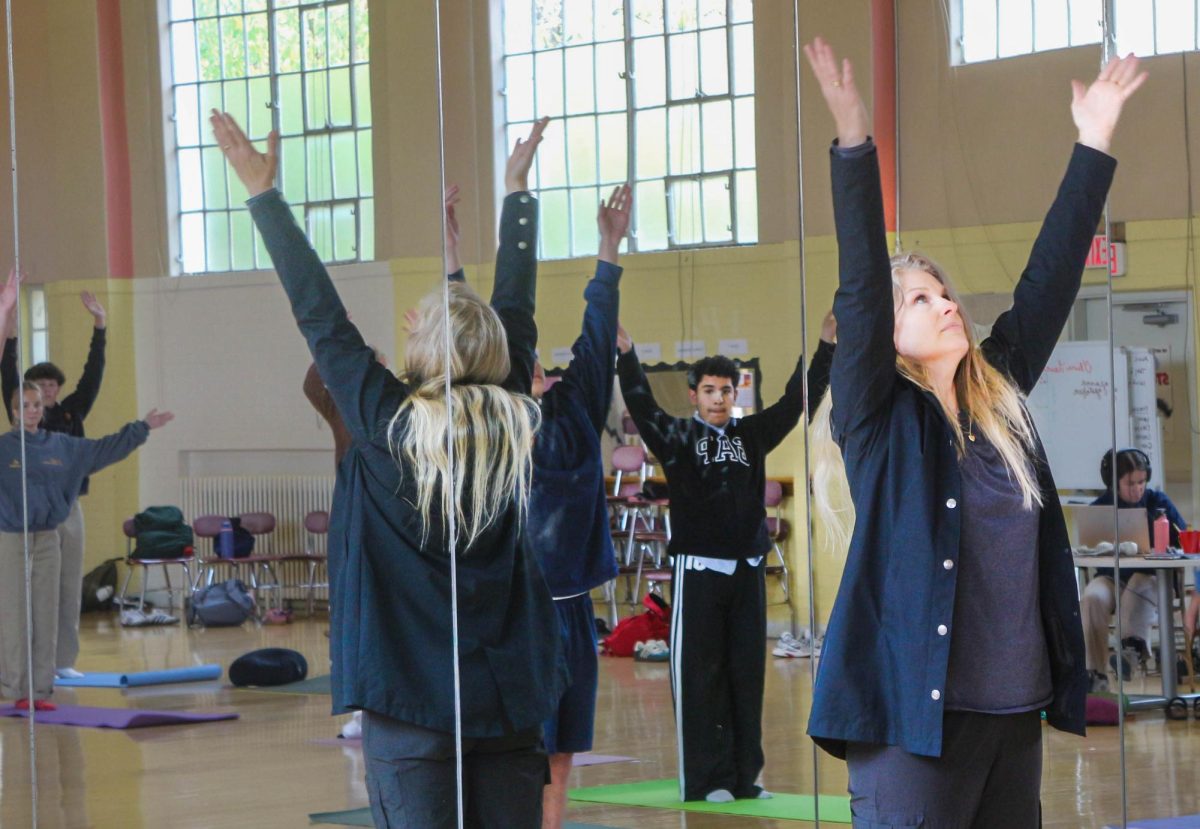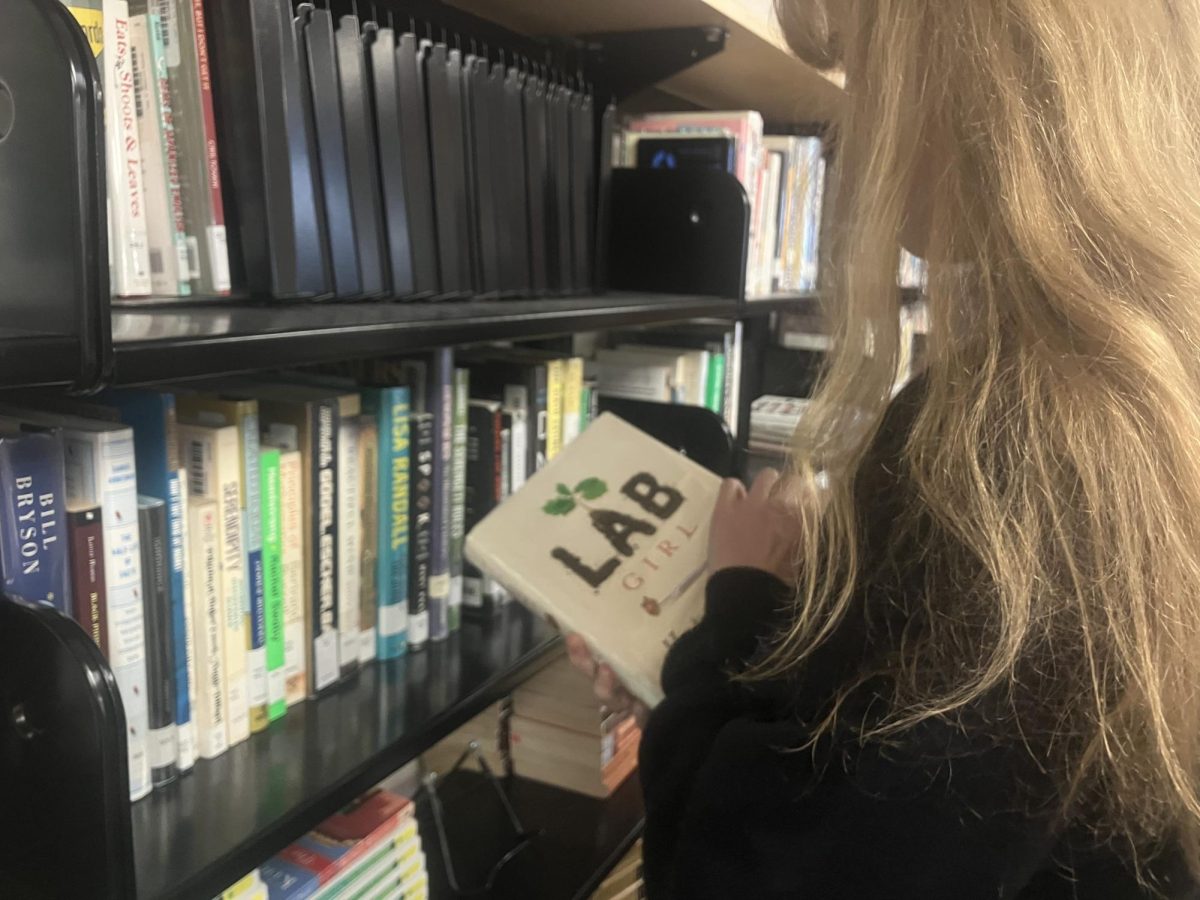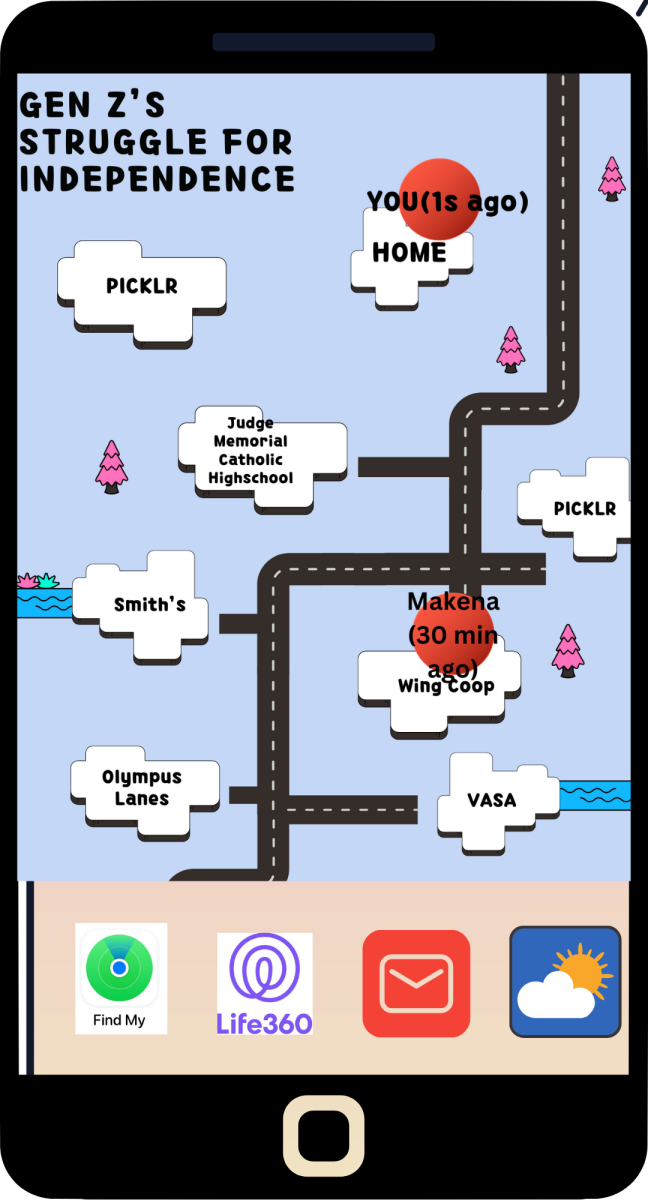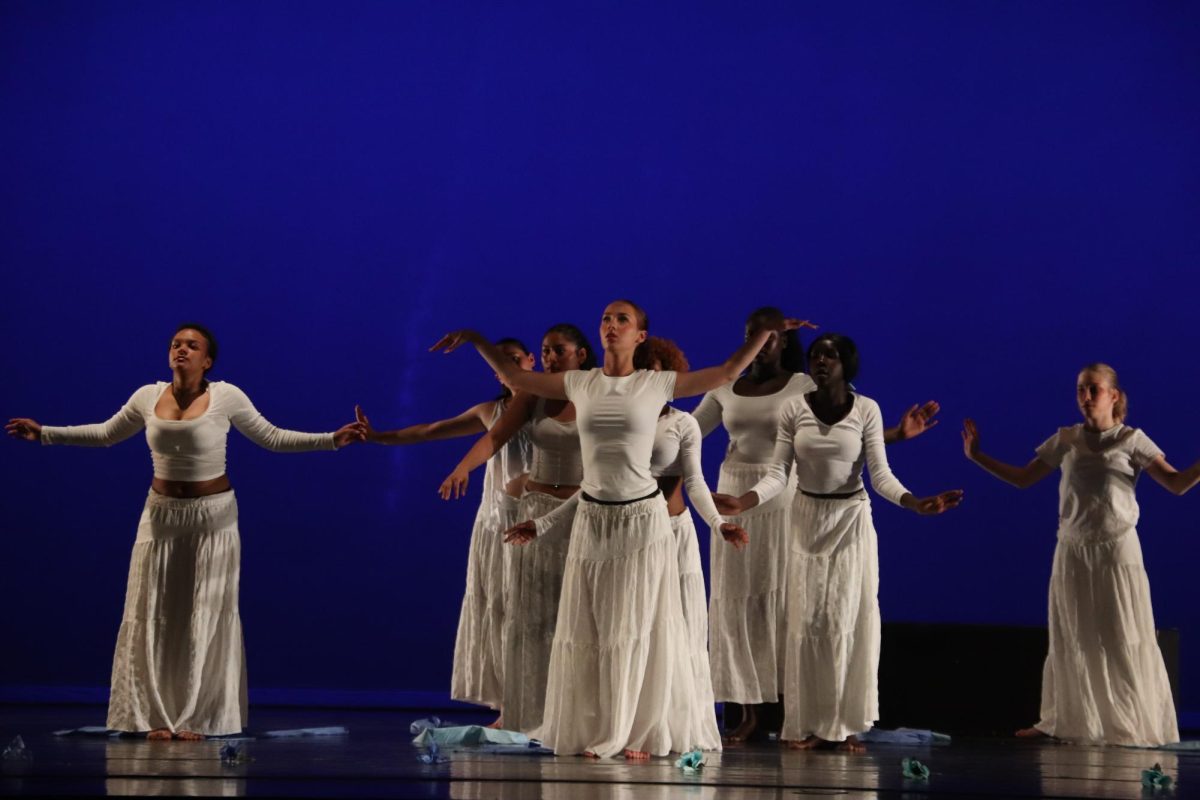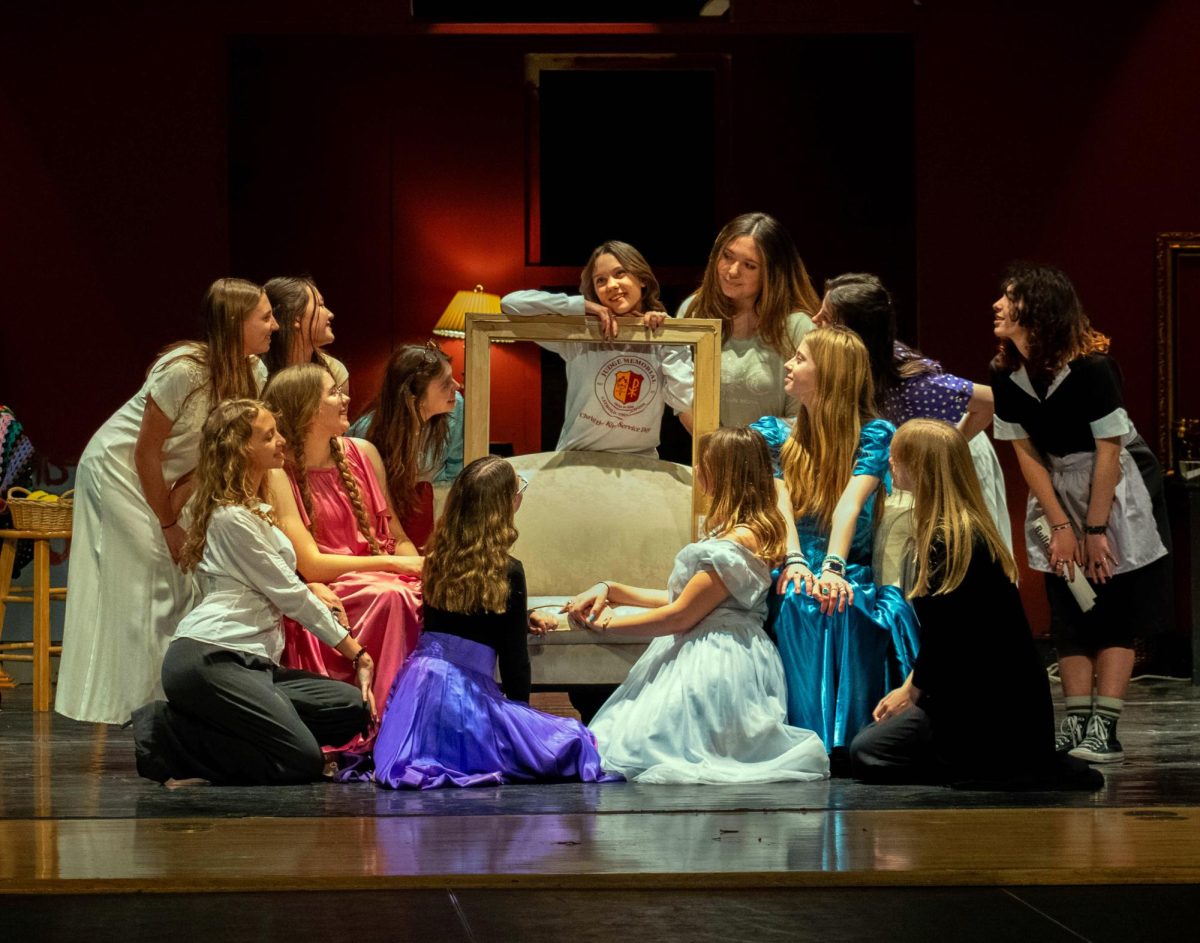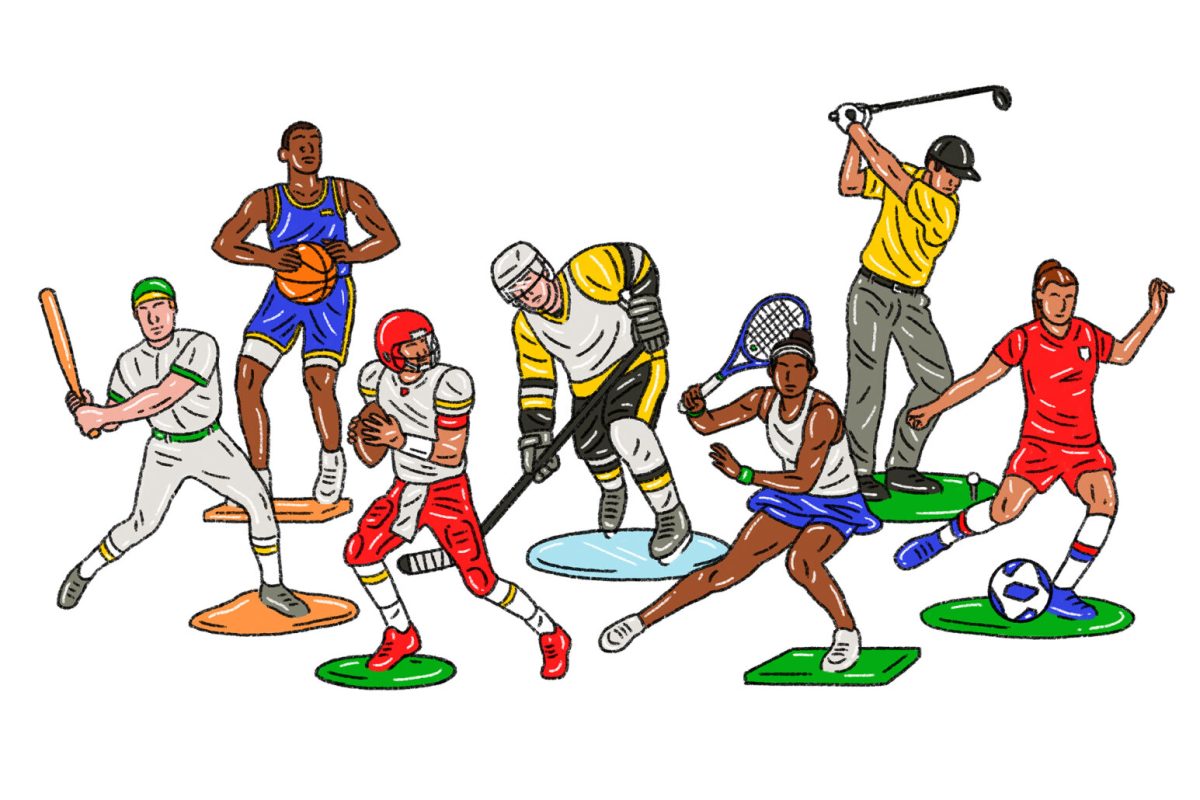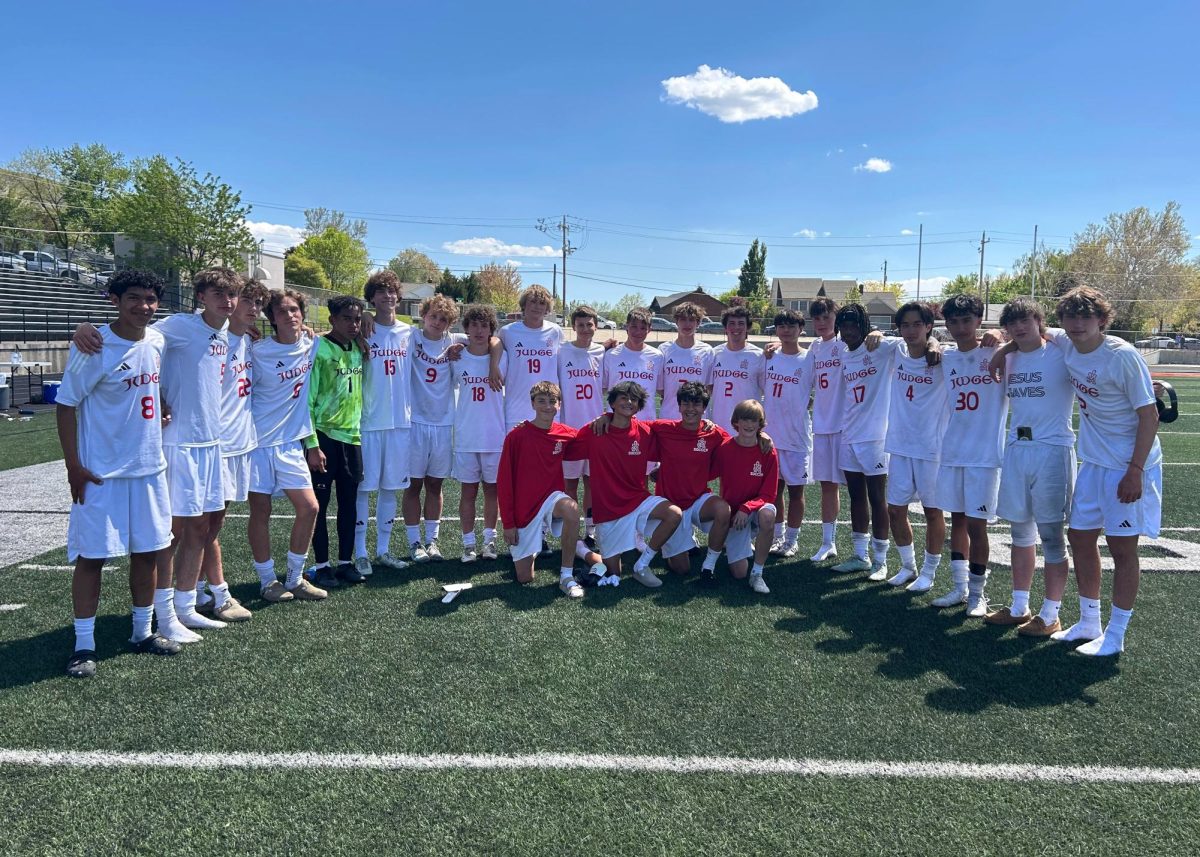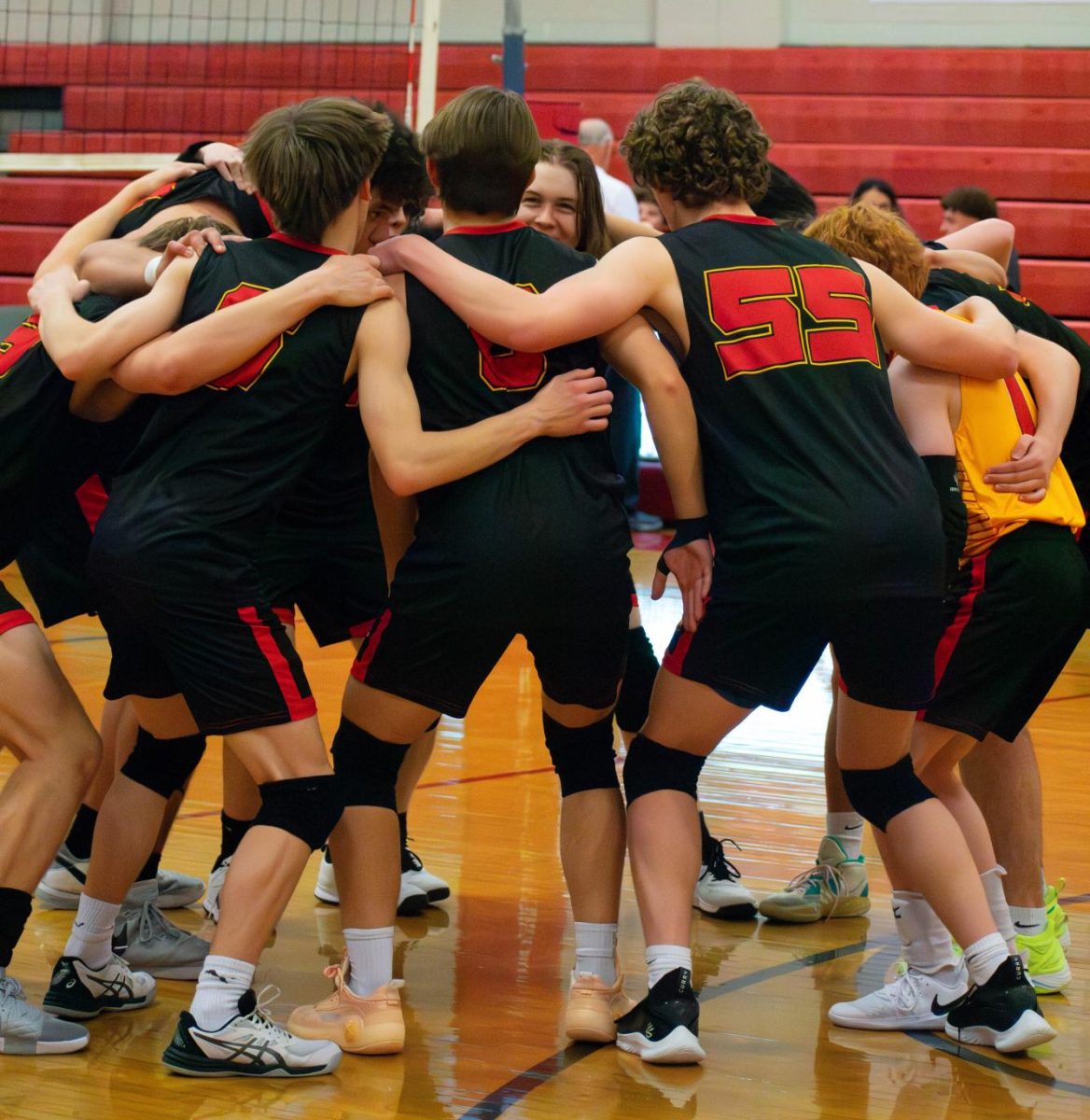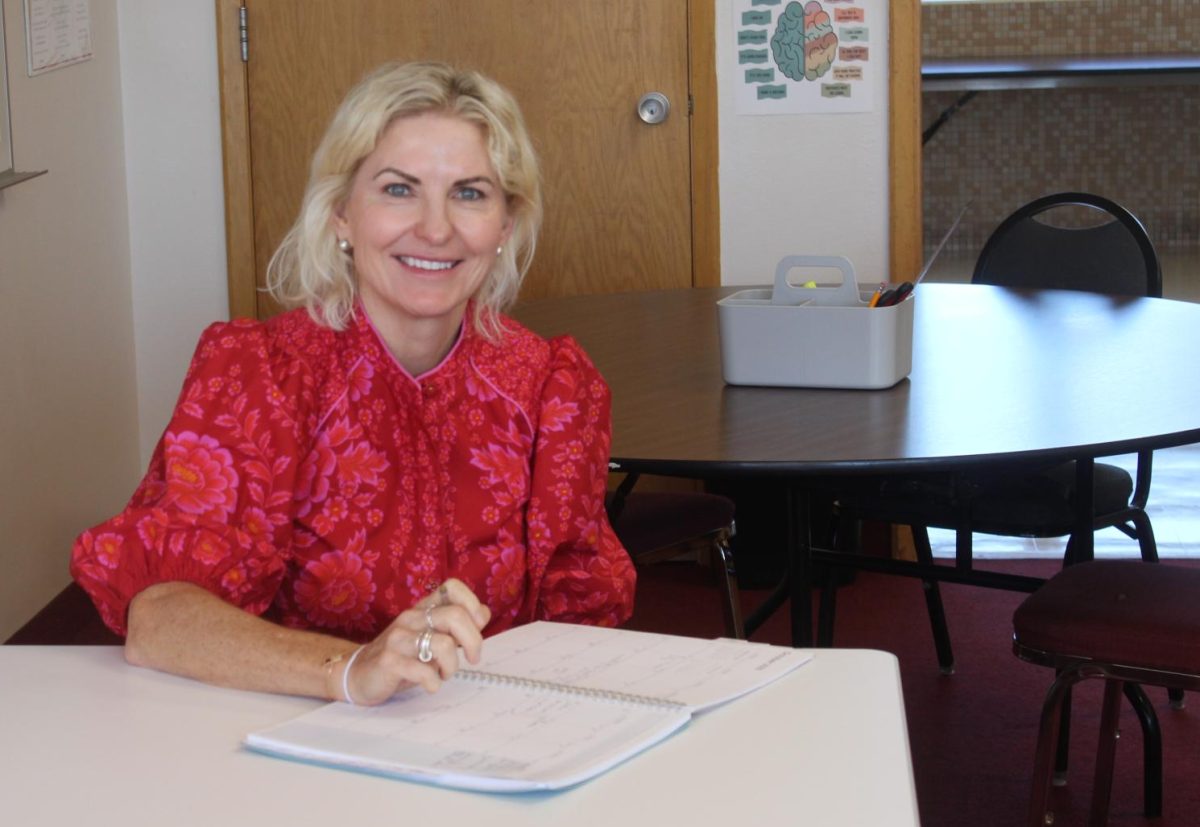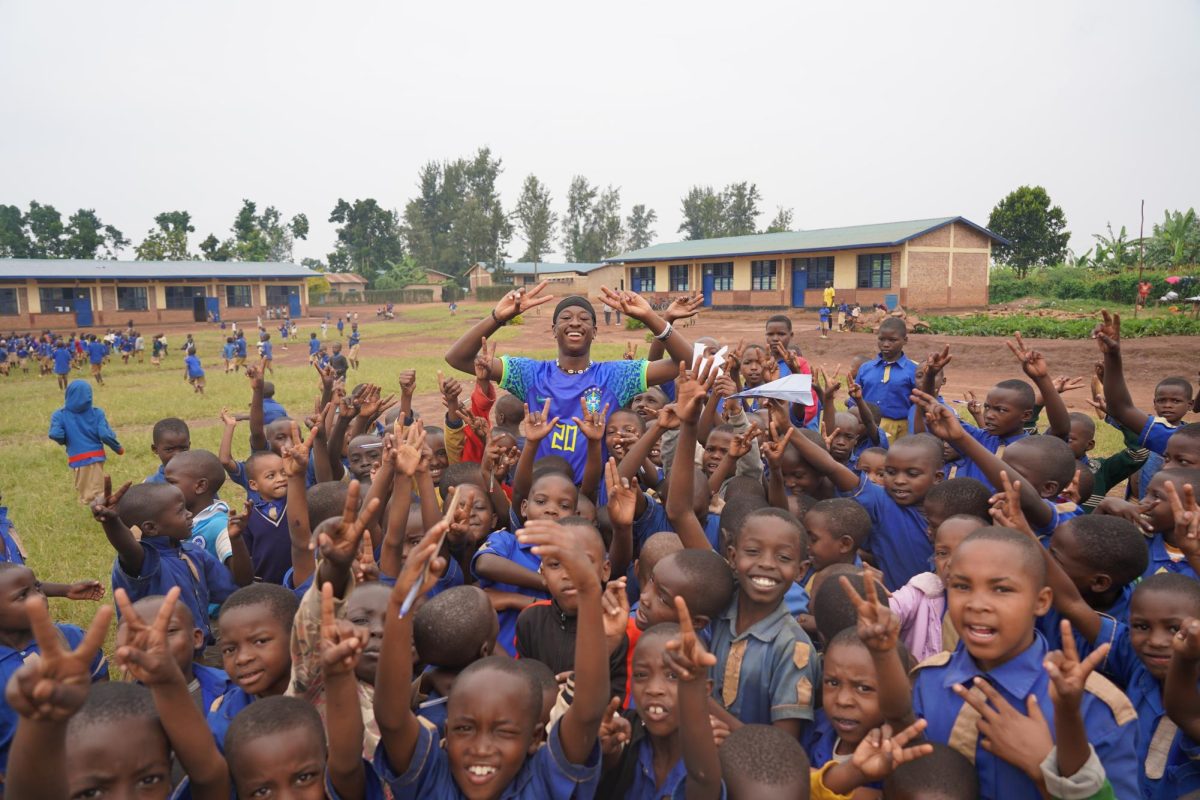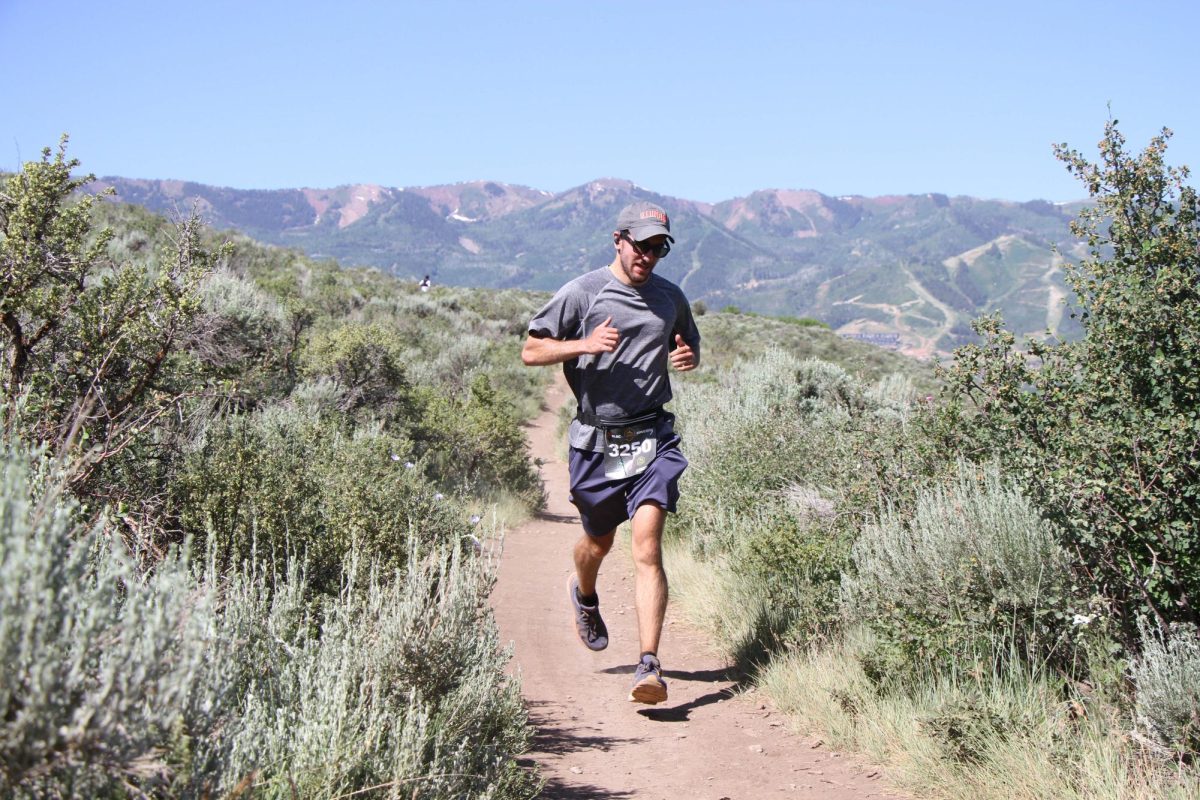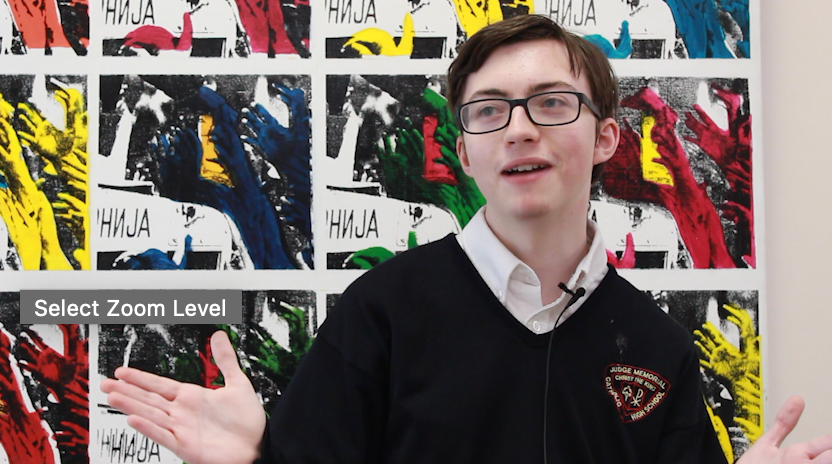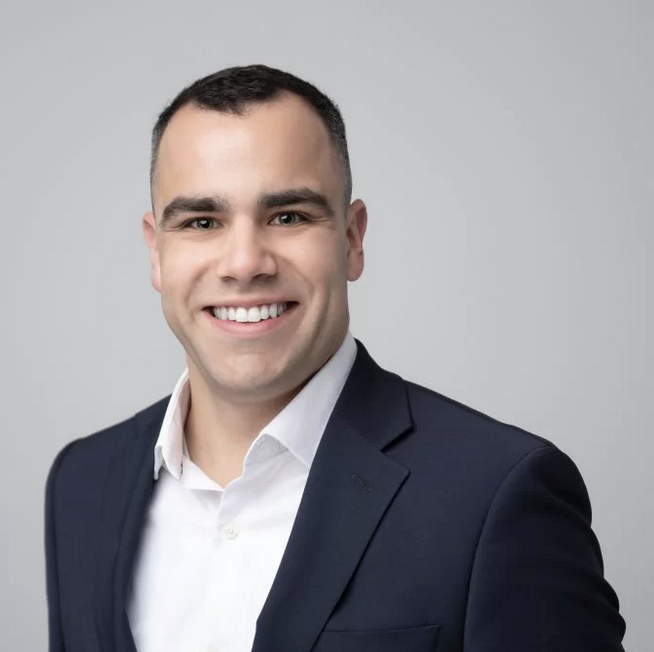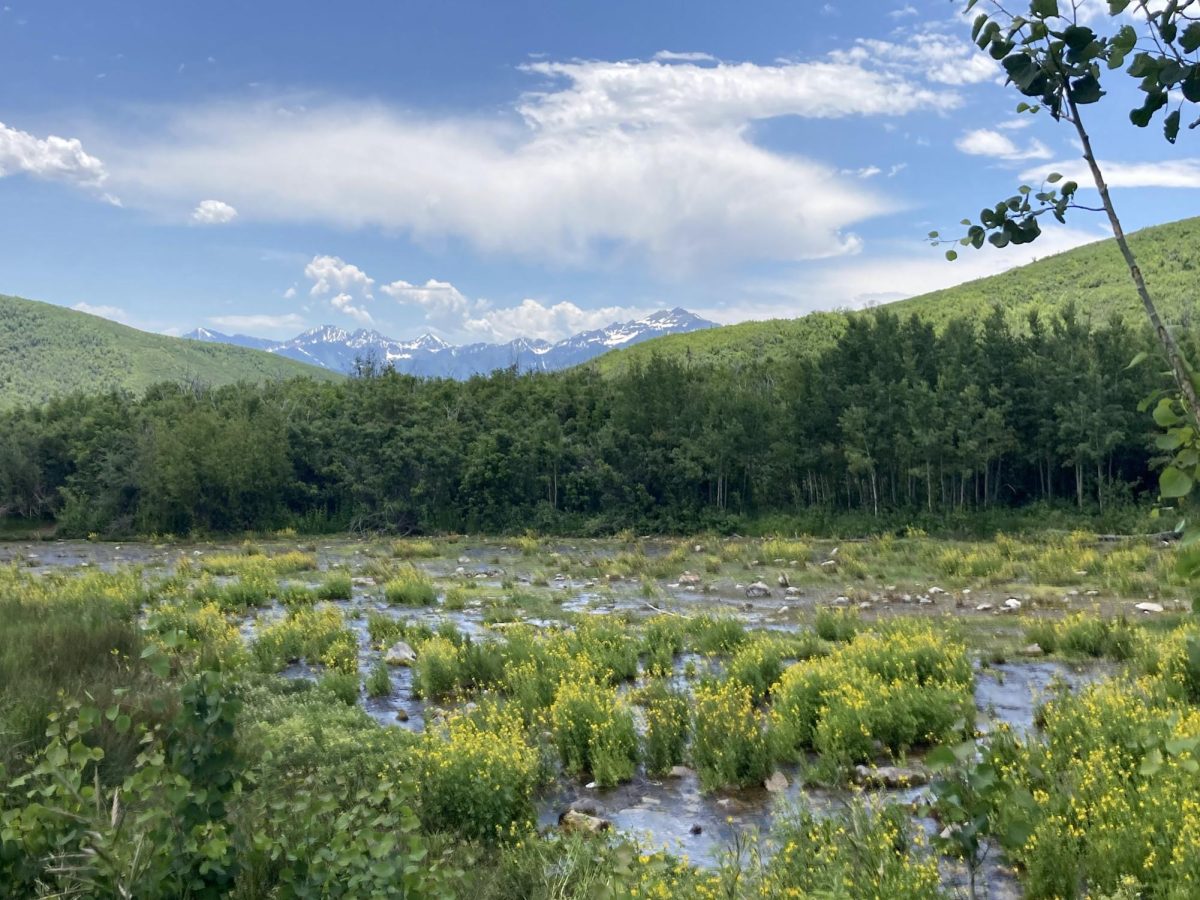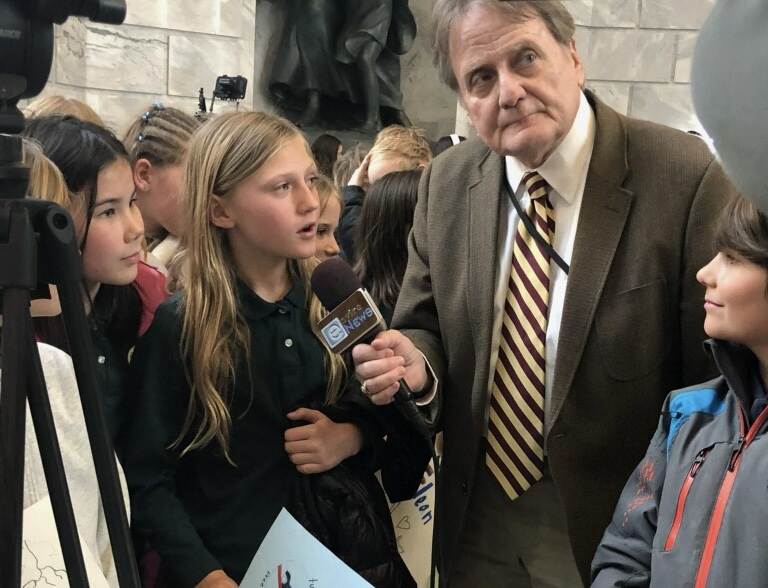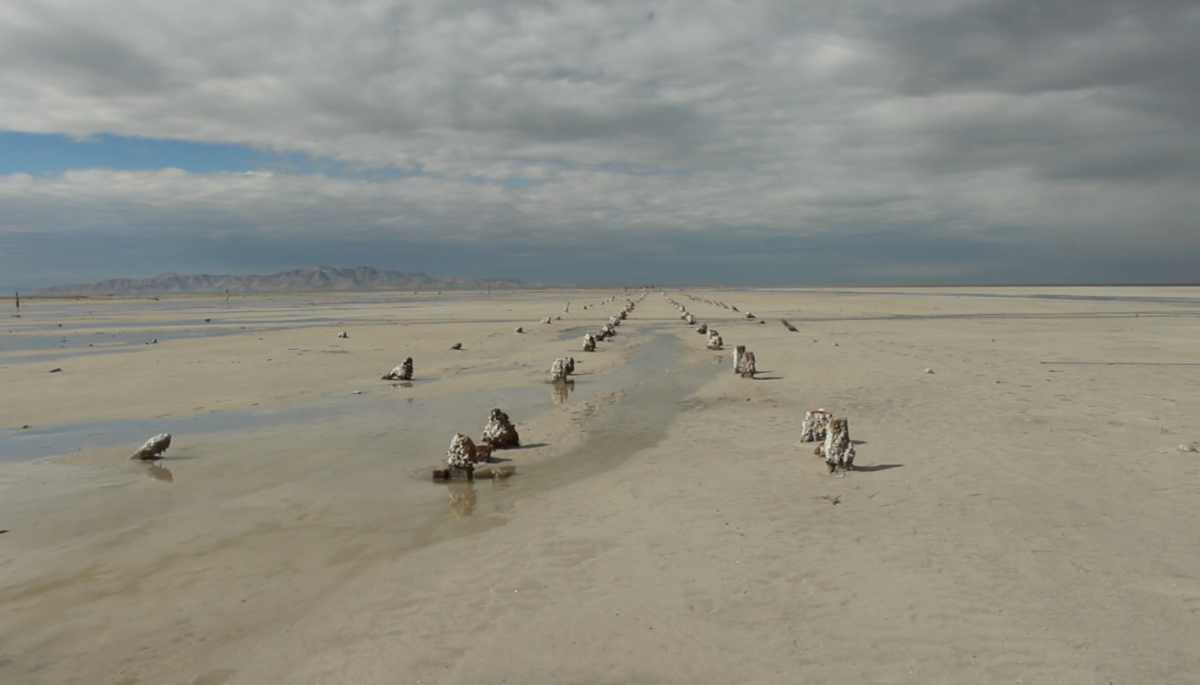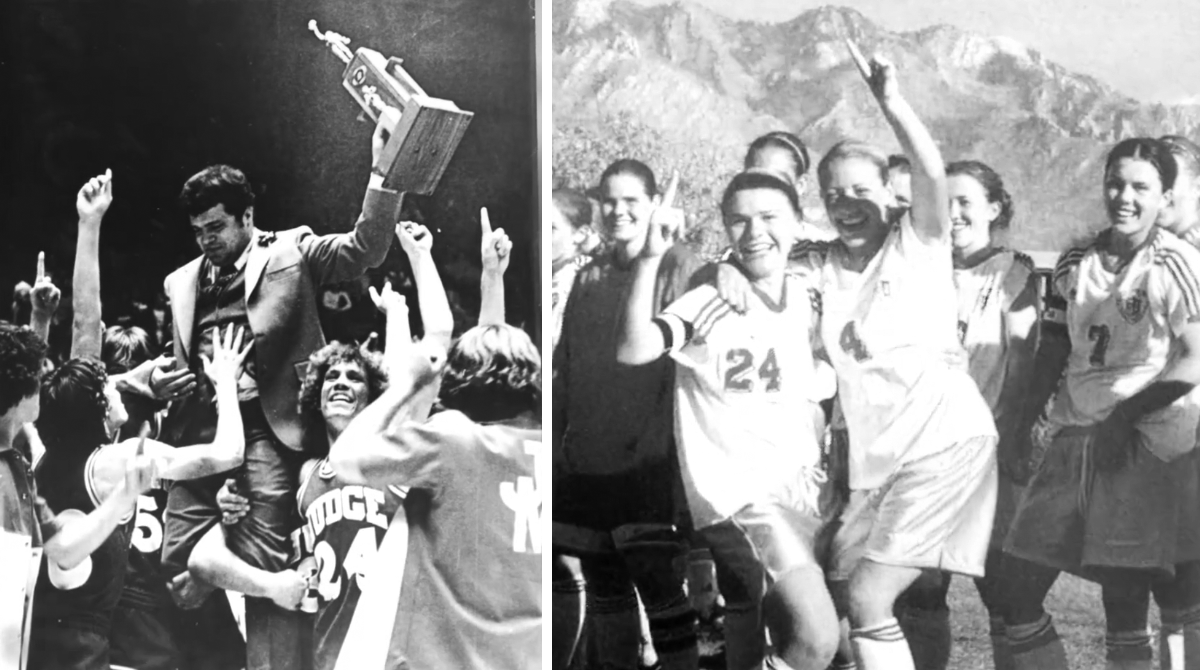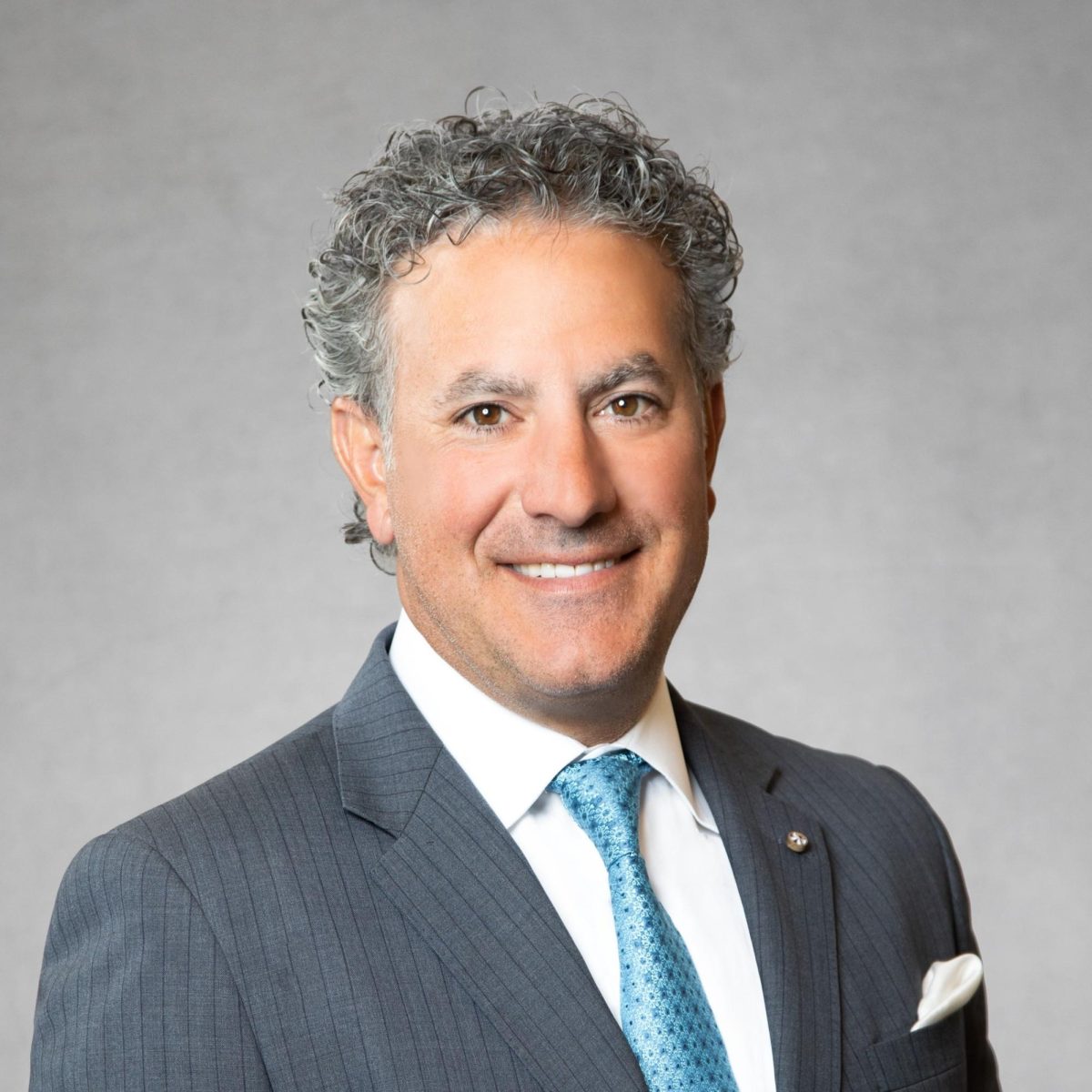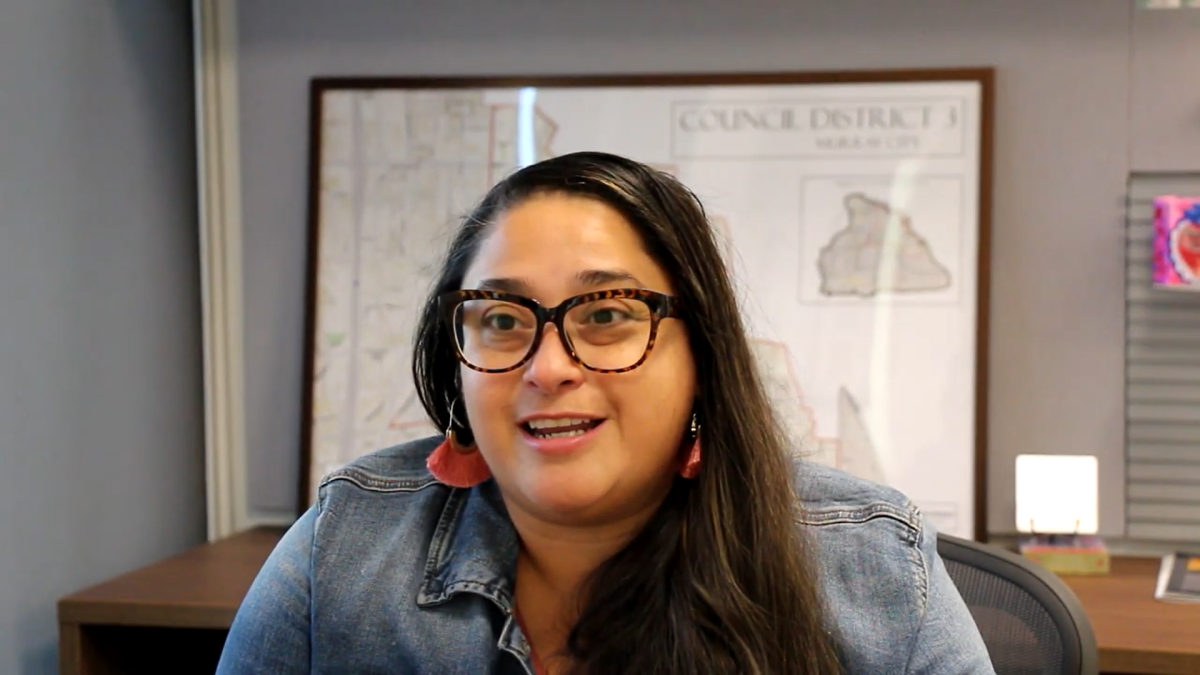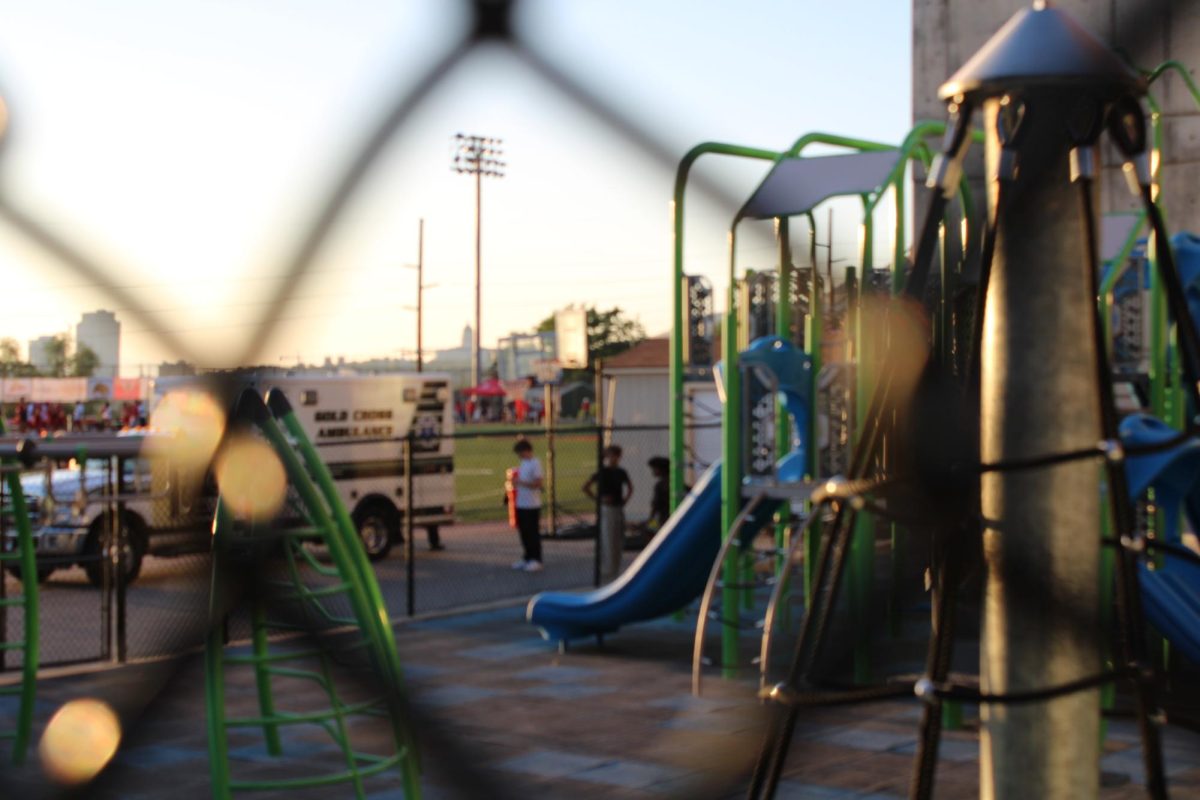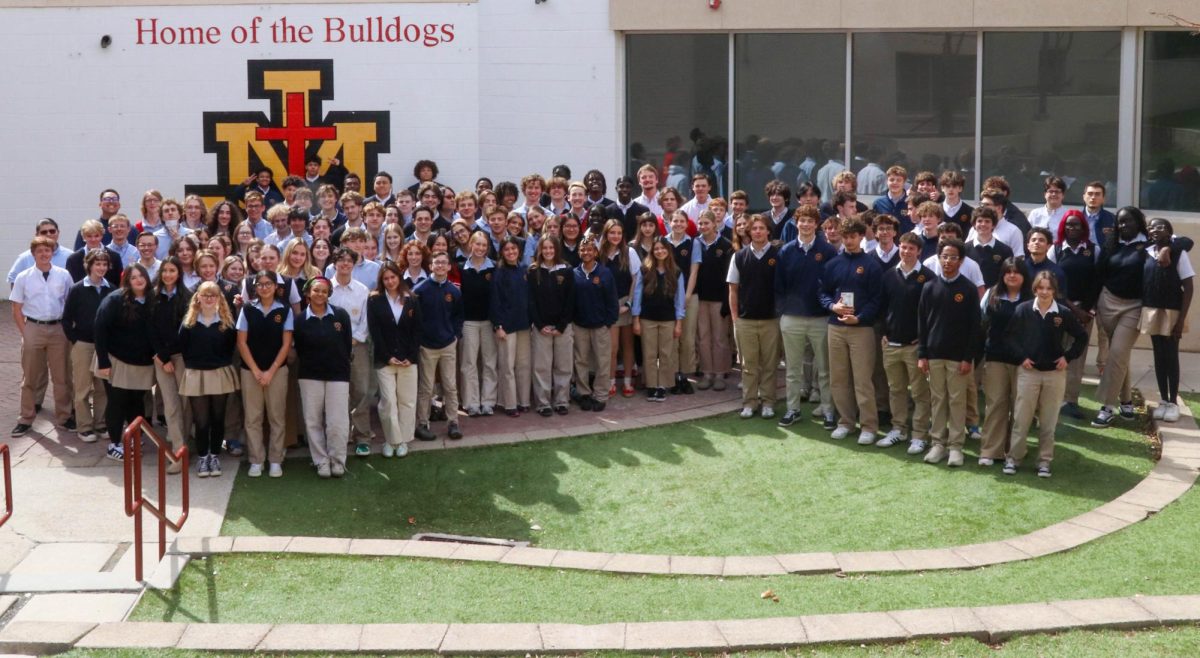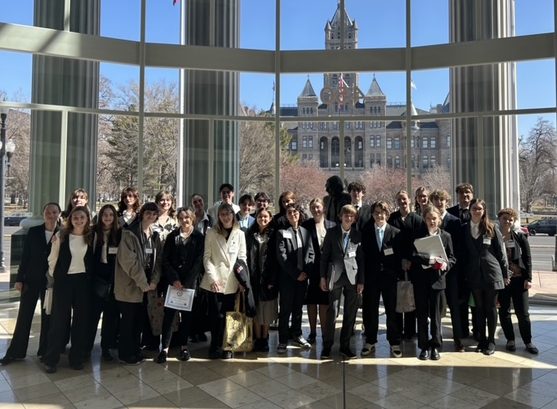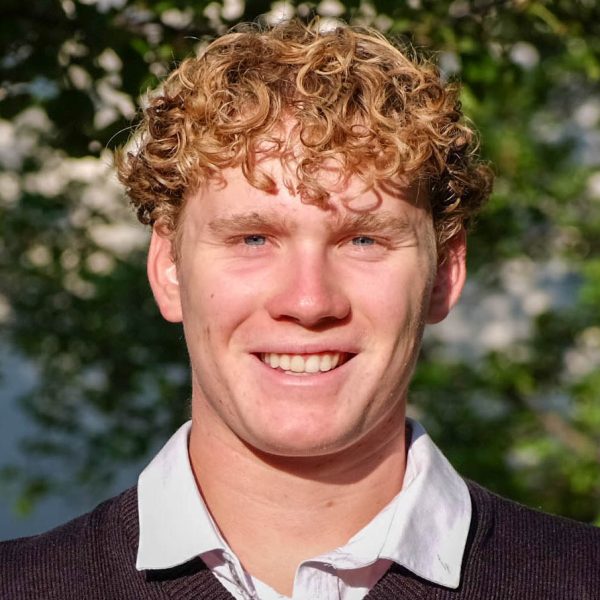The Judge Flyfishing Club is one of the fastest-growing clubs on campus. Founded by skilled fishermen Erik Mickelson and Lucas Ludlow, the club is open to all skill levels, ranging from brand-new to seasoned professionals. From the first to the second meeting, the Flyfishing club doubled in size, reaching twelve members.
The Flyfishing Club prides itself on being a very interactive club. While the first meeting was a simple introduction, the second meeting was much more involved. This second time they were able to provide an opportunity for the entire spectrum of anglers to benefit from the form of Jake Copinga
Father of two club members Brooke and Brynn, Jake Copinga is a former professional flyfisher. His credentials include multiple years working in a fly shop where extensive knowledge of the surrounding rivers and any flyfishing equipment is required. He also has 20 years of professional guiding experience where even more extensive knowledge is required. All in all, he is likely one of the most qualified fishermen in the state and it was an incredible privilege for the club.
Jake Copinga first began by giving a basic introduction to flyfishing. As someone who knows a little bit about the sport, I thought this would be a nice refresher but I found myself learning more than I thought I would. Copinga dove into the basics and explained what makes flyfishing “flyfishing.”
After the short instructional period, the club moved outside for some hands-on experience. The theme of this part of the meeting was casting.
Casting is one of, if not the most important part of flyfishing. Without being able to cast, you can’t get your line into the water to even try to catch a fish. Building off of that, a flyfisherman needs to be able to cast at the right distance to put the line in a spot where most fish are. To complicate things even further, if the line hits the water too hard, it will scare away the fish in and around the place where you want to fish. Being fish, they are in no rush and will likely take their sweet time to return to that spot.
Copinga went through all the basics with a rod of his own. He described the angle of your arm and rod as being at times on a clock with midnight being straight up. According to Copinga, you go back and forth between 2:00 and 10:00 on the clock, eventually laying the rod softly down to 3:00 in front of your body so that the line drifts slowly onto the top of the water.
After instruction, each member of the club was given a chance to practice with the rod. Some had natural style and form, while others…not so much. Regardless, everyone eventually got the form down, and accomplishing that goal left a smile on each member’s face.
The second flyfishing club was a huge success, and with many more meetings of real field work coming up, the club’s future and each of its member’s fishing careers look very bright.

